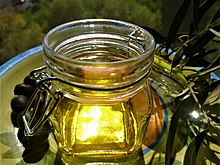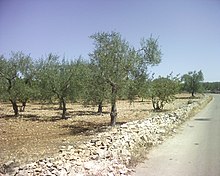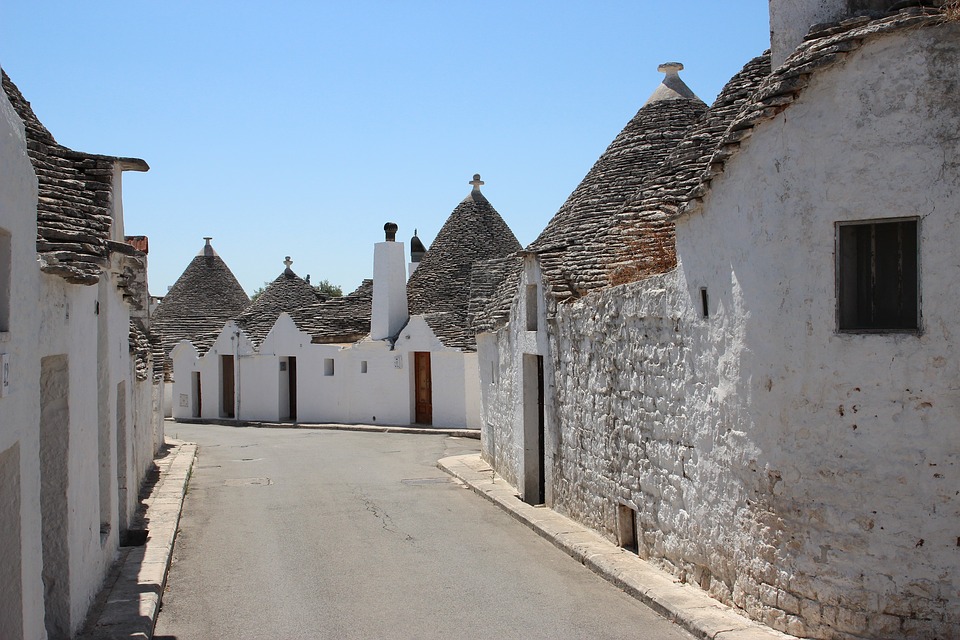Italy, 2021,22: Buon Anno Amici
Happy New Year to everyone. I hope it is a great year. Think about including a trip to Italy in your plans for Autumn 2021 or 2022. Perhaps a celebration of a special birthday or anniversary or wedding, is in your plans. Maybe you simply want to get away after enduring the pandemic of 2020. Why not have the "party" in Italy. You will never forget it!!
To help you consider a trip to Italy in the near future, I thought that instead of describing an Italian region or city, I would pass on this article from the Huffington Post published on December 28, 2013. It was written by Lisa Miller.
I think that it is right on the money as it points out some of the less obvious reasons for visiting Italy. It goes beyond the food, the wine and the history. Those of you who have traveled to Italy will appreciate this article because you have experienced these things first hand.
Here is the article:
If you've spent time in Italy you know that life in Italy and life in America are very different. While both cultures have their pros and cons, we think Americans can learn a lot from the way Italians live.
Traditionally, Italians have an easy-going and positive outlook on how to go about daily life. Italians live "la vita bella" (the beautiful life). But the beautiful life doesn't mean the luxurious life -- it means a relaxed, family-centered lifestyle.
Check out seven lessons Americans can learn from Italians below.
1. Eat slowly, locally and with others.
There's really no such thing as Italian fast food. (There is street food which is excellent). Italy is all about "slow food." Dinners are unhurried and eaten around a table with one's family. In Italy, food is natural, authentic and sourced locally.
2. Drink a little bit, but not too much.
Italians love their vino. But they don't overdo it. Here in America, there's a culture of binge-drinking. In Italy, a bottle of wine is shared among friends or around the dinner table. Italians like to drink, but they know how to keep it classy.
3. You should indulge a little every now and then... perché no??
There are so many delicious treats in Italy -- rich gelato, mouth-watering pastries, decadent chocolates. Much like the philosophy on drinking, Italian culture has a "perché no?" take on treats. "Perché no?" translates to "why not?" The idea is to treat yourself by having a little bit of something tasty (because, why not?)
4. Stop hurrying, start relaxing.
Life is less hurried in Italy. People don't rush around with to-go cups of coffee, but rather sip their espresso at the "bar" (aka coffee shop). Meals tend to linger, whether they be at restaurants or at home. Pedestrians tend to meander. Many Italians take a siesta of sorts -- a break during the day, from 1 p.m. - 3 p.m., to eat lunch and relax.
5. Having family nearby is the best thing ever.
Families in Italy tend to stay in the same area, rather than moving around. Grandparents often care for grandchildren, siblings remain close and extended families are huge and welcoming. Having family nearby is deeply valued in Italy. Having nonna(grandma), aunts, uncles and cousins drop by for dinner during the week or having a weekly extended family meal every Sunday is common and brings everyone together.
6. Gather and spend time outdoors.
Part of the great communal feel of Italy comes from the fact that people tend to congregate outdoors. Friends will meet up at a piazza and hang out there, rather than in a home. Piazzas are vibrant, outdoor hubs where tons of people gather, children play and tourists roam, creating a lively atmosphere. Similarly, many Italians do most of their shopping at a mercato, outdoor markets where vendors sell everything from food and wine to clothing and leather goods. There's nothing like wandering a mercato, sampling the fare and interacting with other locals.
7. Maintain a "bella figura."
Bella figura literally translates to "beautiful figure" -- but it's more idiomatic than that. The idea of maintaining a bella figura is more like the idea of maintaining a good public image. Italians don't get drunk in public, eat while they walk or wear pajamas to the dinner table because it would have a negative impact on their image. Bella figura is more than just looking good, it's a way of life that emphasizes aesthetics and good behavior.
Thanks to Lisa Miller and the Huffington Post. She is absolutely right.
I think I would add a number 8 to this list, about getting around in Italy, which is very different that how we travel in the U.S. After numerous trips to Italy, and renting a car, I have decided that there is a much easier, slower and less stressful way...the train, whenever possible. Italian train service is excellent and easy to use almost anywhere, but it is particularly convenient when moving from city to city. Here is an example of an itinerary that relies on train travel, and may include side tours with a driver/guide if desired.
Example: Fly into Rome, take local train to hotel from airport. After stay in Rome take "super fast train" to Florence, where station is right in the heart of the city. Walk or taxi to hotel. After stay in Florence, try express train to Venice or Bologna, or Milan, etc. Fly home from Milan or train back to Rome or Florence. Staying in cities makes traveling easier and more comfortable.
In any of these destinations cars and guides, or car rentals, can be arranged for day or overnight trips to the countryside for wine tasting, museums, historic ruins, events, et. al. The point is that the driver gets a break from constantly driving. The result is less stress, a more relaxing journey, convenient train stations, available taxis, shuttles, and more. In other words, take the train and leave the driving to "them".





































